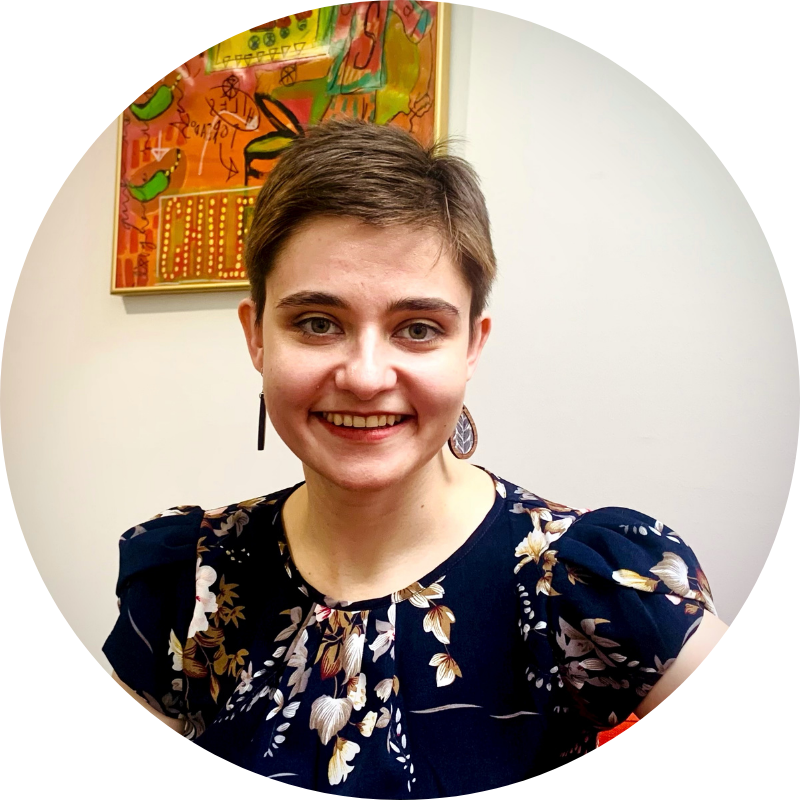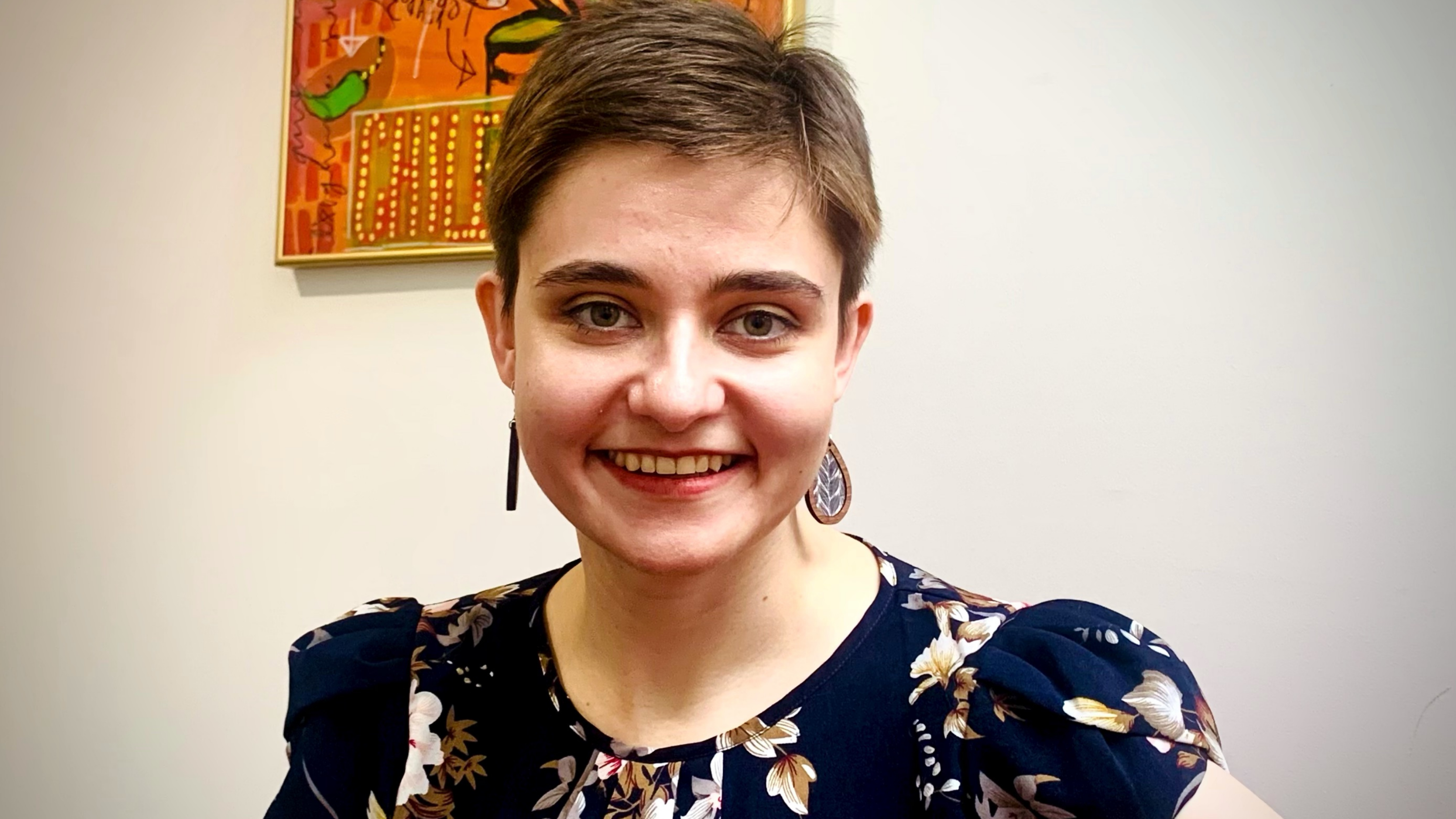During my time as an undergraduate and now graduate chemistry student at the U of A, it has been encouraging to see efforts in implementation of equity, diversity, and inclusion (EDI). Although there is still an immense amount of work to be done within the science community, it is hopeful to see discussions about various forms of discrimination and marginalization in STEM. Initiatives such as LGBTQ+ in STEM Day, organized by U of A's Working for Inclusivity in Chemistry (WIC) group, and the annual Canada-wide Leaders Overcoming Gender Inequality in Chemistry (LOGIC) Retreat, among many others are a light at the end of the tunnel. As a chemist with a physical disability, I was thrilled to see that the 2019 Canadian Chemistry Conference and Exhibition (CCCE) program included the “Accommodation for Removing Barriers for Researchers and Students'' series. That was the first time when I heard the topic of disabilities being discussed in the context of science. Unfortunately, that was also the last time I heard it discussed in a large forum.
The UN Convention defines persons with disabilities as “those who have long-term physical, mental, intellectual, or sensory impairments which in interaction with various barriers may hinder their full and effective participation in society on an equal basis with others.” In Canada, the idea of granting human rights to persons with disabilities is relatively new. It wasn’t until 1985 when discrimination against persons with disabilities was prohibited by the Canadian Human Rights Act. Learning about the mistreatment, widespread deinstitutionalization, and other dehumanizing acts against peoples with disabilities prior to that is a shocking, but eye-opening experience. Things have definitely changed since the 1980s, but the marginalization continues. In an academic context, only 20.2% of Canadians with disabilities have a university degree, compared with 40.7% of non-disabled folks. From my personal experience, I expect this number to be even lower when it comes to degrees in natural and experimental sciences.
General poor lab ergonomics is a significant barrier for many. This includes nonadjustable tall lab benches that are essentially impossible to use from a seated position. I believe the original idea of such design was dictated by work safety in case of spills. Safety measures and lab standard operating procedures (SOPs) are supposed to protect all researchers. Tall benches alone are the example of excluding and ignoring the needs of wheelchair users. Tight working spaces and equipment difficult to use by anyone who does not present as an able-bodied individual can make the lab a generally unwelcoming and discouraging workspace. It is especially significant in case of research equipment, as accessibility is unfortunately the last thing manufacturing companies are concerned about. It is easy to say, “this equipment is designed to the best of our current ability.” It is hard to believe, living in the 21st century and seeing all the accessibility barriers, while watching NASA space missions.

Scientists with disabilities are underrepresented because of barriers in the workspace and the lack of role models showing that they can belong. It will continue to be a problem if folks with disabilities don’t pursue research careers and form a representative sample with a strong voice and lobbying abilities, gaining support of funding agencies. Things will not improve overnight, but there are steps we all must take if we expect any changes. As a society, we are all collectively responsible for inclusion and equal access in the world of research. There will be no systemic change if we continue to take it on a “case by case” basis. This ultimately pushes all the responsibility to accommodate onto people with disabilities, taking their focus away from their research, reinforcing an unwelcoming atmosphere, and driving them away from science.
At the U of A, the responsibility to provide necessary accommodations is regulated by the Discrimination, Harassment and Duty to Accommodate policy. Resources such as providing a laboratory assistant to the person affected by a disability make it possible to function in a research environment. While such solutions seem practical, it is a challenge to independence in research and, ultimately, human dignity. How many able-bodied scientists would want to rely on another person for the duration of their projects that take from weeks to years? Forming such dependence as a solution to accessibility barriers is far from the idea of real inclusion and equality. U of A support services, such as Accessibility Resources, do an amazing job to provide needed accommodations. However, it feels like a band-aid designed to help survive in the very ableist environment of research spaces.
So how do we change things? There is no simple answer to that question, as we are all, to some extent, conditioned to ableist thinking, even if we are unaware of it. To start, it is important not only to listen to the needs of scientists with disabilities, but also to take initiative and erase the barriers present in our research spaces. It is imperative to understand that making chemistry spaces accessible should not be a responsibility of the affected individuals. As we renovate our labs, set up new ones, or are involved in the purchase or design of research equipment, providing accessible solutions should become a standard like installing safety showers or eyewash stations. Funding agencies could also play a major role, as they ultimately finance the purchase of equipment. If they start demanding instruments to be fully accessible, the manufacturers will try harder when it comes to the design and operation.
I am hopeful that change for the better is coming, but for this to happen we all need to make accessibility a mainstream topic when we engage in discussions around EDI. As scientists, we are used to solving problems and I believe we can do much better addressing inequality and barriers faced by researchers with disabilities. Eventually, we will all reach a point where we are able to erase the ableist thinking we have been fed for centuries. Creating a welcoming and barrier-free workspace is a collective responsibility, even if we are not directly affected by a physical or functional limitation.
If you are affected by a disability and would like to share your experience in STEM, please get in touch with me: matlinsk@ualberta.ca. We are forming a working group at WIDE and would welcome people’s feedback and expertise.
 About Maria
About Maria
Maria A. Matlinska is a M.Sc. candidate in the Department of Chemistry and a member of the Canadian Society of Chemistry WIDE Committee (Working for Inclusion, Diversity and Equity). Find her on Twitter @MariaMatlinska.
